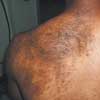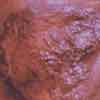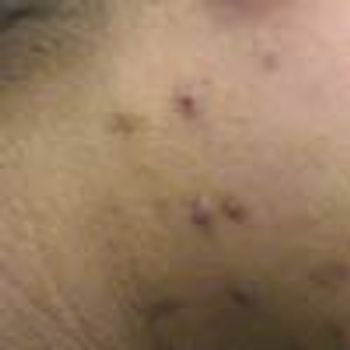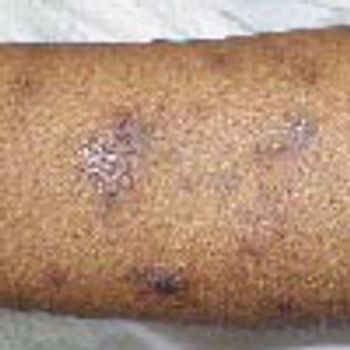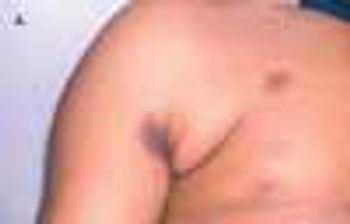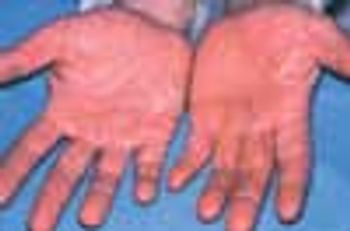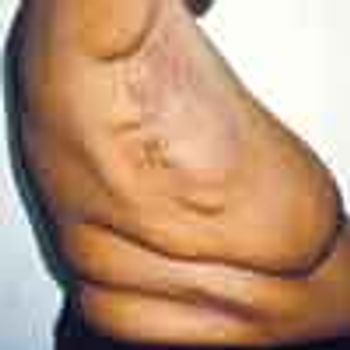
For years, a 46-year-old African American woman had had progressive weight gain (despite a low-calorie diet), fatigue, and severe muscle cramps. On examination, Mandeep Hundal, MD, Rashid Khan, MD, Rajeev Garg, MD, and Niraj Mehta, MD, of the University of Texas Health Science Center at Houston, noted symmetrically distributed fatty lumps in the patient's neck, axillary and mammary regions, and proximal segments of the arms and legs. These findings are characteristic of Madelung disease, which is also known as multiple symmetric lipomatosis (MSL) or Launois-Bensaude syndrome.


